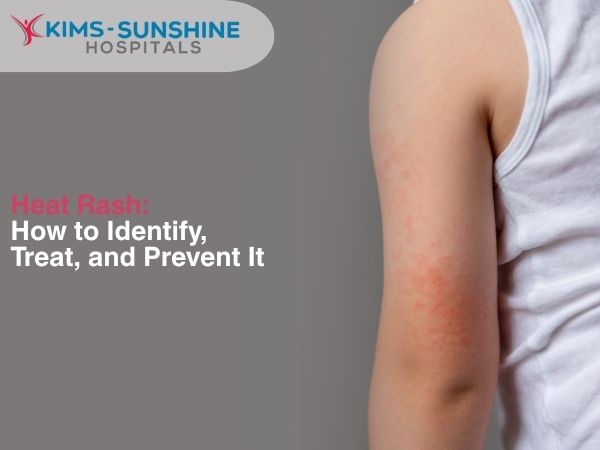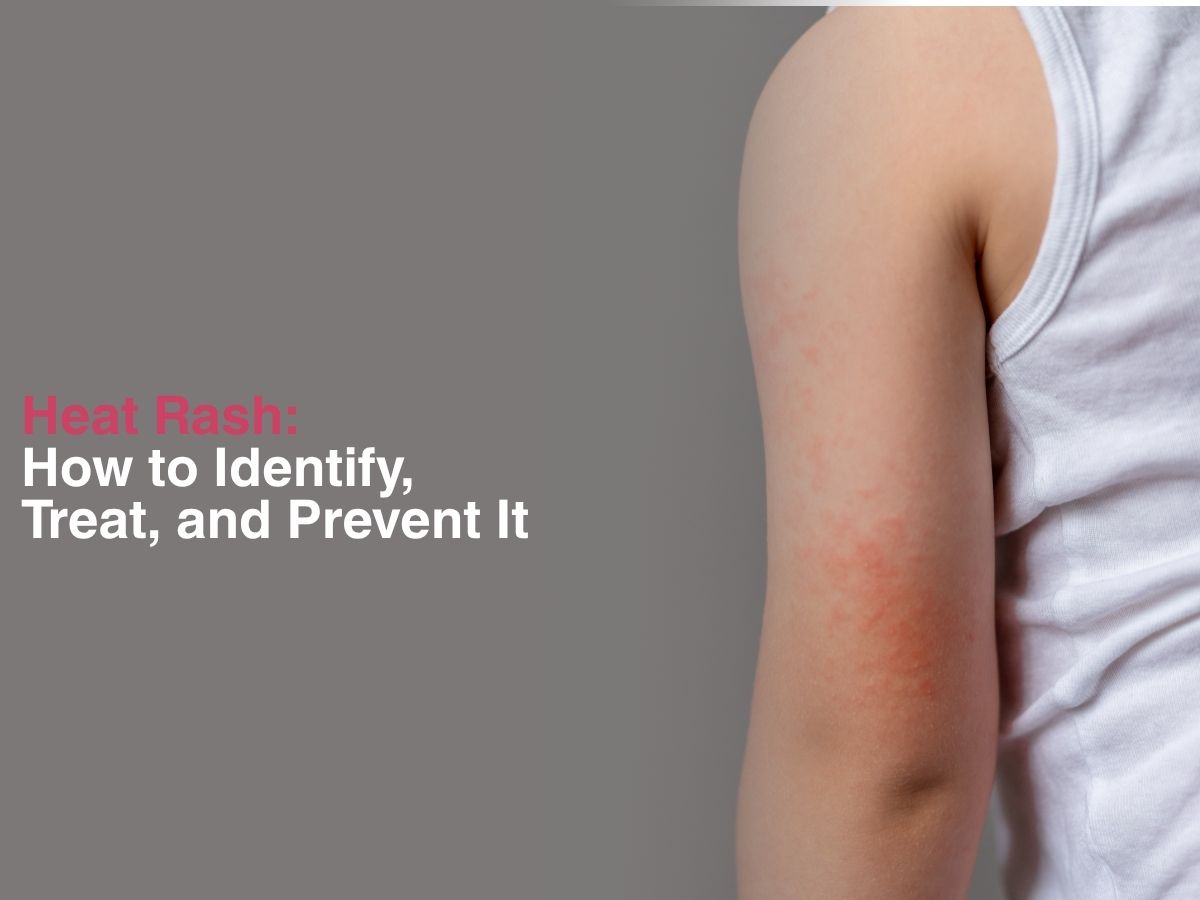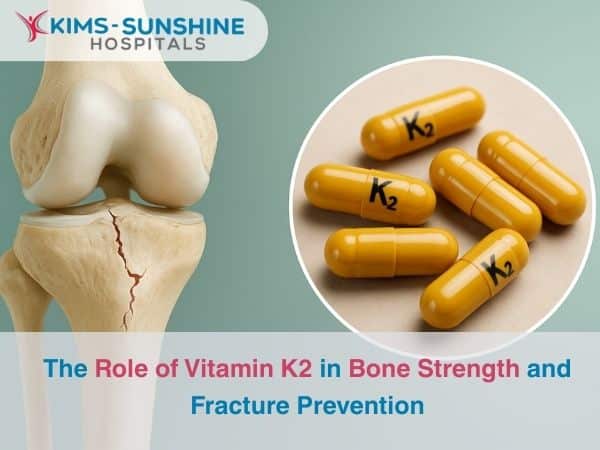
Heat Rash: How to Identify, Treat, and Prevent It

Heat related problems begin to crop up a lot in the summer every year and this time, it is no exception either. Heat rashes are super common this time of the year and they mainly affect children, older folk and other people who are not able to take good care of themselves. Heat rash is mostly a mild or annoying condition and will go away with simple but effective home remedies. But, at times, it may be more severe and will require targeted treatment.
What Does Heat Rash Look Like And How To Identify It?
Heat rashes, also called miliaria or prickly heat are mainly identified by their reddish or whitish, bump-like appearance on skin. It affects areas of the body where sweat accumulates- like on the back, face, near the armpits, groin area and in skin folds. You will mostly have to deal with a mild burning and itchy sensation. It will go away on its own in a few days in most cases.
Difference Between Heat Rash And Allergic Reaction
An allergic reaction to a particular skincare product or food can manifest as rashes on the skin too, but this is pretty different from a heat rash. Plus, a heat rash comes on its own and goes away too, but an allergic reaction normally occurs with other symptoms- like coughing, wheezing or not being able to breathe freely due to exposure to some sort of allergen. Allergies can cause hives or urticaria on the skin and may be life threatening in some cases. Allergic reactions are caused by an overactive immune system while heat rashes are seen when sweating does not occur normally due to ducts getting blocked.
Best Cooling Lotions And Powders For Heat Rash
Ointments, powders or lotions that contain cooling ingredients like menthol, mint, sandalwood, rose extract, aloe vera gel and neem are great for you. You can add some rose water or petals or mint leaves to your bath water. You will smell great and it will cool your body down too and help with the burning sensation. Sandalwood paste can be applied on affected areas too. You should try to have baths with only cool water. Try to wear loose clothing and sit in a well ventilated spot with cooling fans or an air conditioner. Baking soda is also a good choice, along with epsom salt in bath water. Neem leaves are excellent as they can prevent pathogens from causing other skin related issues. These are some handy tips to keep skin cool and rash-free in hot temperatures.
Conclusion
Heat rashes are generally not a huge problem but if you notice pus oozing out or they just seem to get worse over the next few days, or if there is a fever and other symptoms in children along with the rash, then you should get it checked by a doctor. Changing diapers every couple hours is a good idea for children and toddlers. Making sure they stay hydrated will also help. Also, try not to use any skincare products for the next few days- especially those with active ingredients like retinol or salicylic acid. Calamine lotion is a good option for heat rash but for more severe cases, antihistamine tablets may also be used.
Frequently Asked Questions
What does heat rash look like on the skin?
Who is most at risk of developing heat rash in summer?
Are there specific creams or powders that work best for heat rash?
Should I see a doctor if my heat rash doesn’t go away?
Can heat rash become infected or lead to other issues?






